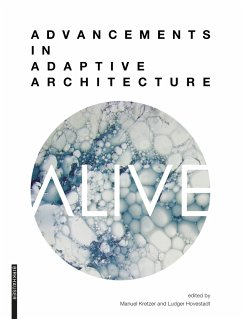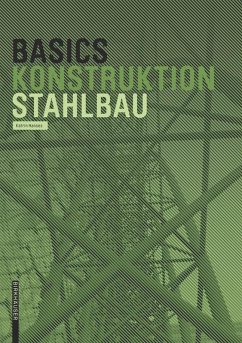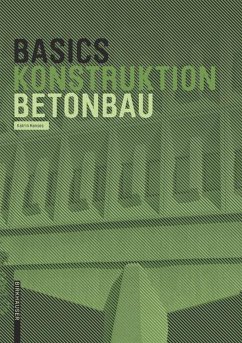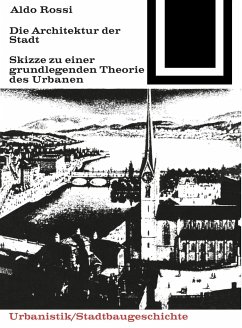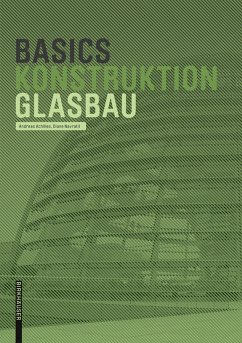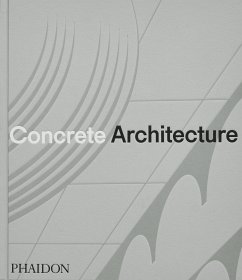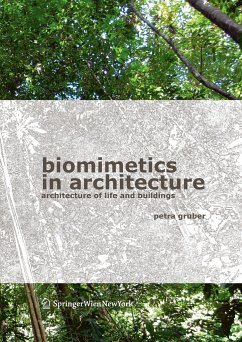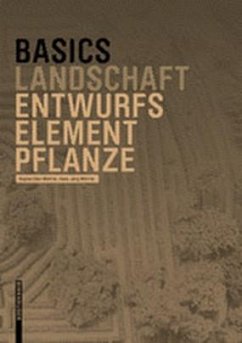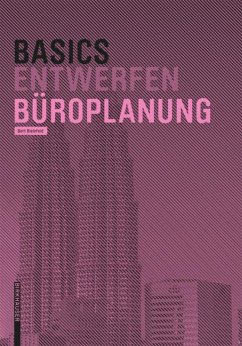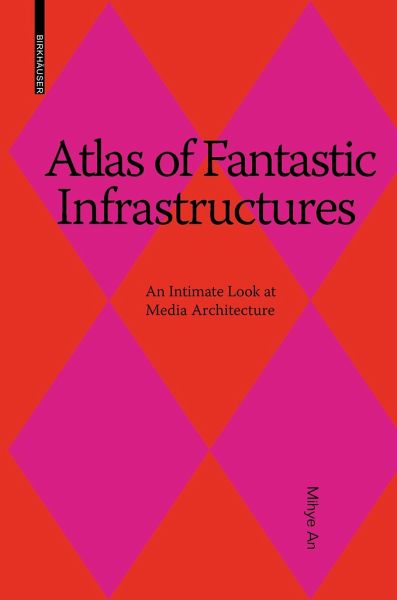
Atlas of Fantastic Infrastructures
An Intimate Look at Media Architecture
Herausgegeben: Hovestadt, Ludger; Bühlmann, Vera

PAYBACK Punkte
22 °P sammeln!
Fantastic Infrastructures deals with media architecture and digital infrastructure. In concrete terms, with the relationship between different dimensions as well as the materiality of buildings and the intangibility of data. Since technical and functional studies have not yet yielded any concrete findings, the author speculatively pursues four issues: 1. An affair with phantoms: who do we want to meet in digital space, what kind of communication / interaction can potentially result? 2. Para-wishes: where can we live out our surreal wishes and what strategies do they pursue? 3. A catalog of a variety of spaces: what kind of data, information, things, spaces, and places are available in the world and how do our actions serve to combine them? 4. Garden presents: how can an idea become reality, in which ways do thoughts become physical reality?
The author examines buildings and projects by Toyo Ito, Werner Sobek, Philippe Rahm, Usman Haque, Electroland, Troika, NOX and Rafael Lozano-Hemmer, Ben Rubin, and Olafur Eliasson.
The author examines buildings and projects by Toyo Ito, Werner Sobek, Philippe Rahm, Usman Haque, Electroland, Troika, NOX and Rafael Lozano-Hemmer, Ben Rubin, and Olafur Eliasson.
Der Atlas erforscht die Charakteristiken von Architektur, Medien und digitaler Infrastruktur. Anders ausgedrückt, handelt er von der Materialität von Gebäuden und der Immaterialität von Daten. Während die technischen und funktionalen Untersuchungen medialer Architektur dazu neigen, die Vielschichtigkeit der Phänomene zwischen abstrakter Virtualität und konkreter Realität zu verflachen, schlägt die Autorin spekulativ vier abstrakte Prismen vor: 1) AFFAIR WITH PHANTOMS - Wen wollen wir in einem digital vermittelten Raum antreffen und welche Art von Unterhaltung/Aktivitäten werden wir haben? 2) PARA-DESIRE - Wo leben unsere surrealen Wünsche und was sind die Strategien der Umsetzung? 3) MEDIATED SPACE CATALOGUE - Welche Daten, Informationen, Dinge, Räume und Orte stehen uns in der Welt zur Verfügung und wie überlagern wir sie durch unsere Aktivitäten? 4) GIFTS OF THE GARDENS - Wie kann eine Idee in die physische Realität eindringen und was sind die Pfade, auf welchen dies geschehen kann?
Die Autorin untersucht dabei Bauten und Projekte von Toyo Ito, Werner Sobek, Philippe Rahm, Usman Haque, Electroland, Troika, NOX sowie Rafael Lozano-Hemmer, Ben Rubin und Olafur Eliasson.
Die Autorin untersucht dabei Bauten und Projekte von Toyo Ito, Werner Sobek, Philippe Rahm, Usman Haque, Electroland, Troika, NOX sowie Rafael Lozano-Hemmer, Ben Rubin und Olafur Eliasson.




